There’s nothing quite like the smell of cookies baking in your oven—well, until you pull them out, and they’re flat as pancakes. Ugh, been there! If you’re tired of ending up with sad, thin cookies when you were dreaming of those thick, fluffy ones, you’re not alone. The good news? There are simple, practical fixes to turn your baking game around. This article dives into exactly what might be going wrong and how to fix it.
Let’s start with understanding why your cookies are falling flat—literally. Trust me, it’s not as complicated as it sounds. You’ll be whipping up cloud-like cookies in no time!
Understanding Why Cookies Turn Flat
The Role of Butter in Cookie Texture
Let’s talk butter. It’s like the backbone of your cookie dough, but it’s also a little diva. If your butter melts too fast—bam! Flat cookies. Butter with a low melting point (like the real stuff we all love) spreads out faster in the oven, which can turn your cookies into sad puddles.
Here’s the thing: butter substitutes, like margarine, don’t help either. They’ve got extra water, so your dough ends up spreading even more. Stick to real butter, but don’t let it get too soft before you mix it in. Think cool but not hard as a rock.
Heat: A Double-Edged Sword
Here’s where things get tricky. Heat can make or break your cookies—literally. If your dough hits a warm baking sheet, that butter we just talked about? It starts melting before it even hits the oven. And don’t even get me started on greased pans; they’re like slip-and-slides for cookie dough.
Instead, try using parchment paper (it’s magic) or a nonstick baking sheet. Oh, and pro tip: let your baking sheets cool completely between batches. It’s a small step, but it works wonders
Proper Ingredients and Their Measurements
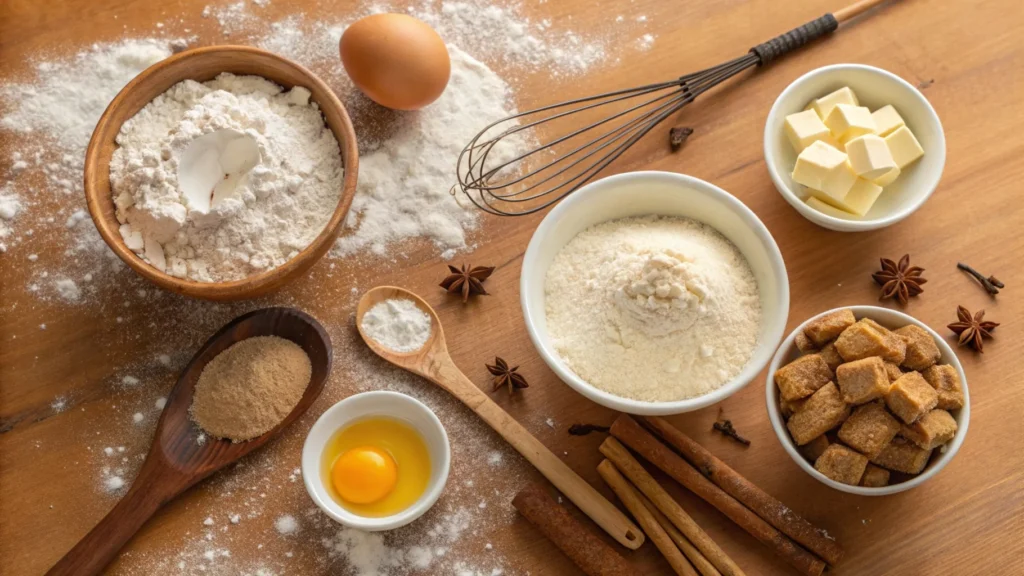
The Science of Measuring Ingredients Accurately
Baking isn’t just art—it’s science, too. And when it comes to making cookies fluffier instead of flat, how you measure your ingredients can make all the difference. Flour, for example, is a sneaky one. If you pack it too tightly, your cookies turn dense and dry. But if you use too little, they’ll spread out like pancakes. The key? Use a spoon to lightly fill your measuring cup, then level it off with a knife.
Now, let’s talk sugar. Granulated sugar gives cookies that crispy edge, but too much can cause them to flatten. For softer, thicker cookies, try swapping a bit of granulated sugar for brown sugar. It holds onto more moisture, keeping your cookies fluffy and chewy.
Baking Powder and Soda: Fluff Boosters
Here’s a secret: baking powder and baking soda aren’t just for rising—they’re your cookie’s best friends for fluff. Baking soda reacts with acidic ingredients (like brown sugar or yogurt) to create little air bubbles, giving your cookies a lift. Baking powder, on the other hand, is like a double agent, working once when mixed and again in the oven.
But be careful! Too much leavening can backfire, making your cookies collapse after they rise. Stick to the recipe’s measurements unless you’re a pro at experimenting.
Mastering Cookie Dough Preparation
The Importance of Dough Chilling
If there’s one step you shouldn’t skip, it’s chilling your dough. Seriously, it’s like a magic trick for fluffier cookies. Why? Because cold dough slows down the butter’s melting process, so your cookies hold their shape better in the oven.
For best results, let your dough chill in the fridge for at least 30 minutes. If you’re short on time, even 10 minutes can help. And if you’re making multiple batches, keep the dough in the fridge between rounds. You’ll thank yourself later.
Mixing Methods for Perfect Cookies
Let’s face it—how you mix your ingredients matters just as much as what you mix. Start by creaming the butter and sugar until it’s light and fluffy. This step creates air pockets that expand in the oven, giving your cookies that pillowy texture.
But don’t overdo it once you add the flour. Overmixing activates the gluten, turning your cookies into chewy, bread-like discs (and nobody wants that). Instead, mix just until the dry ingredients are combined—no more, no less.
Baking Techniques for Fluffier Cookies
Correct Oven Temperatures
Getting your oven temperature just right is so important if you’re wondering, “How can I make my cookies fluffier instead of flat?” An oven that’s too hot can cause the butter to melt too quickly, leading to cookies that spread out before they’ve had a chance to set. On the other hand, a too-cool oven won’t give your cookies the lift they need.
Use an oven thermometer to double-check your oven’s temperature. Trust me, even if your oven says 350°F, it could be lying! Keep it at the recommended temp for your recipe, and your cookies will bake to perfection every time.
Choosing the Right Bakeware
You might not think your baking sheet matters, but it does—big time! Nonstick pans are your best friend for even baking. And if you’re using parchment paper, swap it out between batches to avoid extra grease from messing up your dough.
Pro tip: Avoid dark-colored pans because they absorb more heat and can overbake the bottom of your cookies while the tops are still soft. Stick to lighter-colored sheets for the fluffiest cookies possible.
Creative Adjustments for Fluffier Cookies
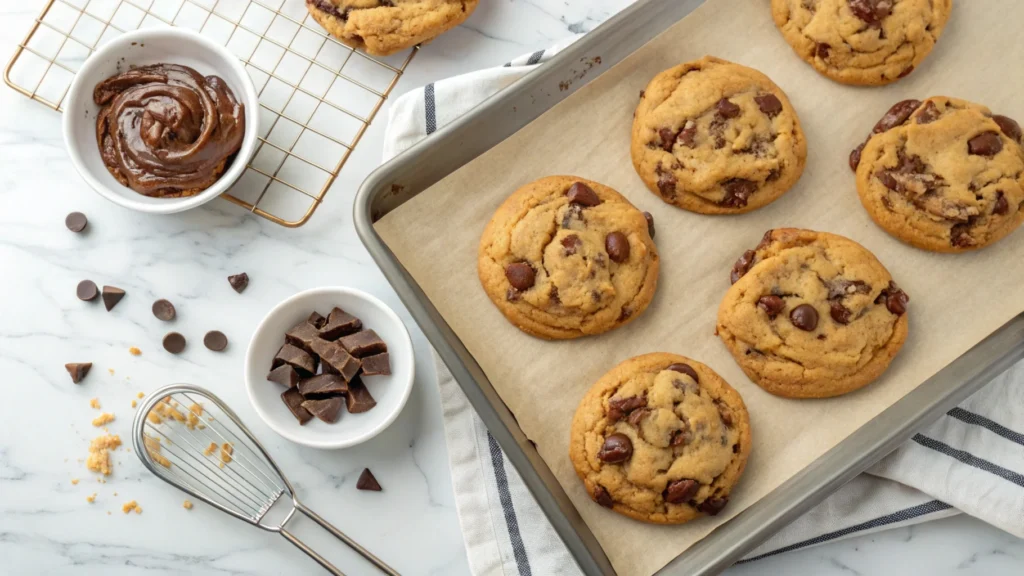
Adding More Flour or Oats
Sometimes, the easiest trick for fluffier cookies is adding a little extra structure. A few extra tablespoons of flour can stop your cookies from spreading too much in the oven. If you want to get creative, mix in some oats—they add a bit of chewiness while keeping the cookies from flattening.
Experimenting with small adjustments to your recipe can help you find that perfect balance. Just remember, a little goes a long way!
Using Eggs Strategically
Did you know eggs are like the glue that holds cookies together? For softer and fluffier cookies, try adding an extra egg yolk to your dough. The yolk adds richness and moisture, while the whites can sometimes make cookies spread more than you want.
Oh, and one more thing: always use room-temperature eggs. Cold eggs can make the dough harder to mix, which can mess with the fluffiness factor.
For more tips on baking troubleshooting, check out this guide about common reasons cookies lose their shape and how to avoid it.
Addressing Common Mistake (300 Words)
Mixing the Dough Properly
Let’s be honest—most cookie disasters happen during mixing. If you overmix your dough, you’ll activate too much gluten, which makes your cookies tough instead of soft and fluffy. But under-mixing is just as bad because the ingredients won’t blend properly, leading to uneven baking.
The trick? Mix just until the dry ingredients are combined. You want your dough to look a little rough, not overly smooth. If you’re using add-ins like chocolate chips, fold them in gently to avoid overworking the dough.
Timing Is Everything
Baking cookies isn’t just about tossing them in the oven and hoping for the best. Timing matters—a lot. Cookies that stay in the oven even 30 seconds too long can go from fluffy to flat.
Keep an eye on your cookies as they bake. They should look slightly underbaked when you pull them out, as they’ll continue to set on the baking sheet. Using a timer and staying close to the oven can make a huge difference.
FAQs
What makes cookies fluffy instead of flat?
The secret to fluffy cookies lies in the balance of ingredients and techniques. Using room-temperature butter, adding an extra egg yolk, and chilling the dough all play a role. Proper leavening agents like baking powder or baking soda also help cookies rise instead of spreading.
How do I get my cookies to be fluffier?
For fluffier cookies, start by chilling the dough before baking. This keeps the butter from melting too fast. Additionally, use parchment paper instead of greased pans, as greased pans can cause the cookies to spread.
How do you make cookies rise instead of flat?
Make sure to measure your ingredients accurately. Adding slightly more flour and checking that your oven temperature is correct can help. Also, avoid overmixing the dough, as it can reduce the rise during baking.
How to stop cookies from becoming flat?
If your cookies keep turning out flat, check the freshness of your baking powder or soda. Old leavening agents lose their effectiveness. Also, let your cookie sheets cool between batches to prevent premature butter melting.
Advanced Tips for Fluffier Cookies
Experimenting with Leavening Agents
If you’ve already nailed the basics and still wonder, “How Can I Make My Cookies Fluffier Instead of Flat?” it’s time to get creative with your leavening agents. Baking powder and baking soda work differently, but when used together in the right amounts, they can deliver the perfect rise. Baking powder gives your cookies an extra boost, while baking soda creates those delightful air bubbles.
Here’s a tip: if your cookies are still too flat, try adding 1/4 teaspoon more baking powder. But don’t go overboard, or your cookies might puff up too much and collapse as they cool.
Customizing Cookie Recipes
Every kitchen is different, so customizing recipes to your environment can make a big difference. For example, if you live in a humid area, your flour may absorb extra moisture, making the dough too sticky. In that case, add a tablespoon or two of extra flour to balance things out.
If you’re baking at high altitudes, cookies tend to spread more. To fix this, reduce the sugar slightly and increase the flour to help them hold their shape.
Wrapping It Up with the Fluffiest Cookies
Why Fluffy Cookies Are Worth the Effort
There’s nothing like biting into a warm, thick, fluffy cookie—it’s the ultimate comfort food. By now, you’ve learned the key to fluffy cookies isn’t just one thing. It’s a mix of the right ingredients, careful preparation, and smart baking techniques.
Your Fluffy Cookie Game Plan
To recap, here’s your ultimate checklist:
- Use real butter, but don’t let it get too soft.
- Measure your flour and sugar precisely.
- Chill your dough—it’s worth the wait!
- Check your oven temperature and use parchment paper.
- Adjust your leavening agents for that perfect lift.
With these tips, you’ll never have to Google, “How Can I Make My Cookies Fluffier Instead of Flat?” again. Whether you’re baking for a party or just craving a treat, your cookies will always rise to the occasion.
By following these steps, your cookies will go from flat to fluffy in no time. Ready to try something new? Check out this cool whip cookie recipe for another fun baking adventure! Happy baking!
Conclusion
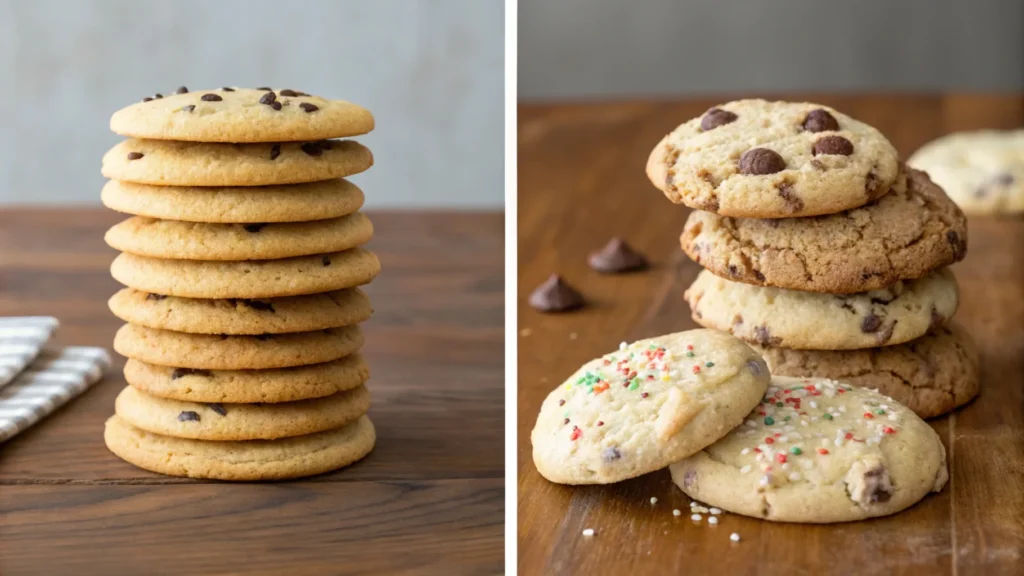
Making fluffy cookies isn’t as hard as it might seem. With just a few small tweaks—like chilling your dough, measuring your ingredients right, and paying attention to oven temperatures—you’ll have thick, soft cookies that everyone loves.
Remember, it’s all about finding what works for you and your kitchen. Don’t stress if your first batch isn’t perfect—practice makes progress! Before you know it, you’ll be the go-to cookie expert among your friends and family.
So, the next time someone asks, “How Can I Make My Cookies Fluffier Instead of Flat?” you’ll have all the answers. Now, grab your apron and get baking! Those fluffy cookies won’t bake themselves. 😊
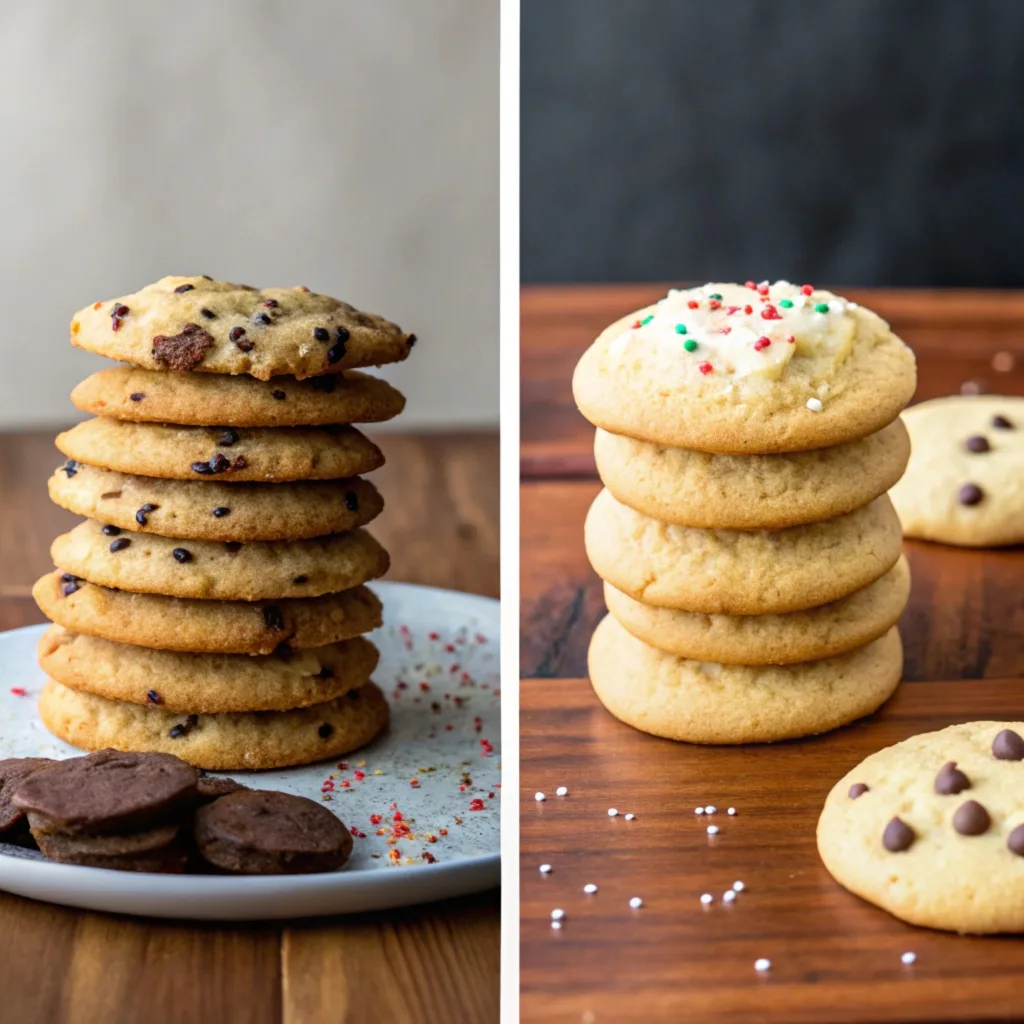

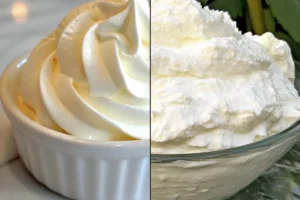
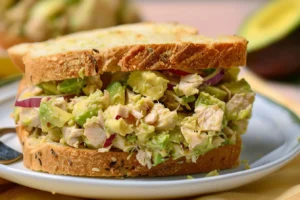
2 thoughts on “How Can I Make My Cookies Fluffier Instead of Flat?”